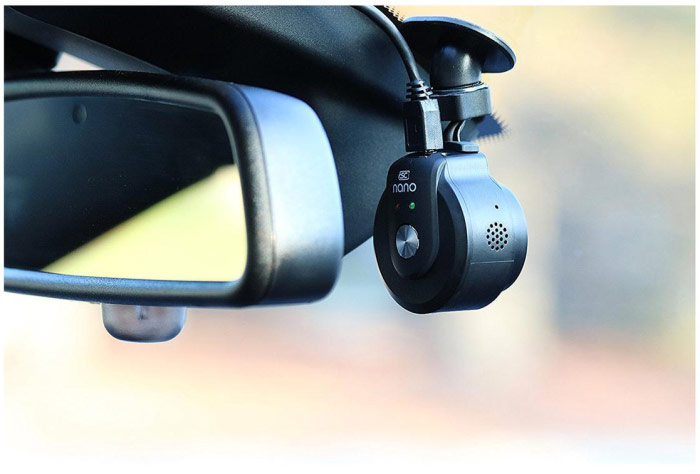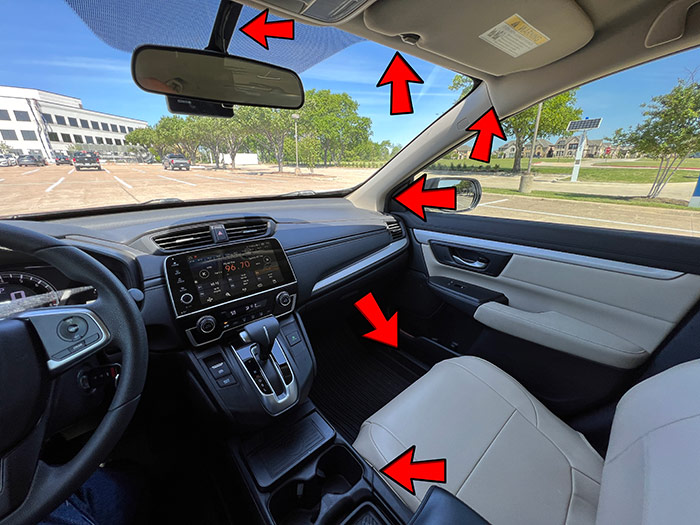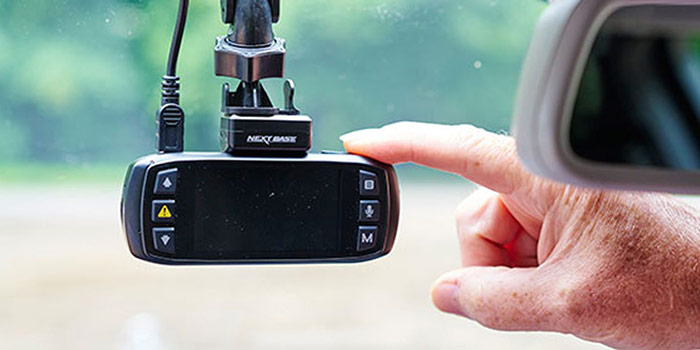If you have recently purchased a dashcam for your car, you may be wondering how to hide the wires. Dashcams are a great investment for any driver as they provide evidence in case of an accident or theft. However, wires hanging around can be unsightly and distracting. In this comprehensive guide, we will provide you with step-by-step instructions on how to hide your dashcam wires.
1. Plan the Route
Before installing your dashcam, you need to plan the route for the wires. Determine where you want the wires to go and how you will hide them. You can tuck the wires under the headliner, along the A-pillar, or under the dashboard. Choose a route that is convenient and does not interfere with your driving.

2. Choose the Right Tools
You will need the right tools to hide your dashcam wires. You will need a trim removal tool, cable ties, and electrical tape. A trim removal tool will help you remove the panels without damaging them. Cable ties will help you secure the wires in place, and electrical tape will keep them hidden.

3. Remove the Panels
Once you have planned the route and gathered the tools, it’s time to remove the panels. Use the trim removal tool to carefully remove the panels. Be gentle and take your time to avoid damaging the panels or wires. You will need to remove the panels that cover the route you have chosen.
4. Tuck the Wires
After removing the panels, tuck the wires along the route you have chosen. Use cable ties to secure them in place. Be careful not to tuck the wires too tightly as it may damage them. Make sure the wires are not visible and do not interfere with your driving.

>> Shop Now: Car dash cam
5. Reinstall the Panels
Once you have tucked the wires, it’s time to reinstall the panels. Be gentle and take your time to avoid damaging the panels or wires. Make sure the panels are properly secured and do not rattle or vibrate.

6. Test the Dashcam
After reinstalling the panels, test the dashcam to ensure it is working properly. Make sure the wires are properly hidden and do not interfere with the camera’s view. If everything is working properly, you have successfully hidden your dashcam wires.

7. Additional Tips
Here are some additional tips to help you hide your dashcam wires:
- Use cable clips to keep the wires in place
- Avoid tucking the wires near the airbags
- Use a fuse tap to power the dashcam
- Use a hardwiring kit to power the dashcam
Conclusion
Hiding your dashcam wires can be a daunting task, but with the right tools and techniques, it can be done easily. Follow the steps outlined in this guide, and you will have your dashcam wires hidden in no time. Remember to plan the route, choose the right tools, remove the panels, tuck the wires, reinstall the panels, and test the dashcam. With a little patience and practice, you can successfully hide your dashcam wires and have a clean and clutter-free car.
FAQs
[wpsm_accordion][wpsm_accordion_section title=”Can I hide my dashcam wires without removing the panels?”]It’s possible to hide your dashcam wires without removing the panels, but it may not be as effective as tucking them under the panels.[/wpsm_accordion_section][wpsm_accordion_section title=”Is it legal to install a dashcam in my car?”]It’s legal to install a dashcam in your car, but you need to ensure it does not obstruct your view while driving.[/wpsm_accordion_section][wpsm_accordion_section title=”Can I use a hardwiring kit to power my dashcam?”]Yes, a hardwiring kit is a great option for powering your dashcam as it allows you to connect it directly to your car’s electrical system.[/wpsm_accordion_section][wpsm_accordion_section title=”Can I hire a professional to hide my dashcam wires?”]Yes, you can hire a professional to hide your dashcam wires. It may cost more than doing it yourself, but it ensures a clean and professional-looking installation.[/wpsm_accordion_section][wpsm_accordion_section title=”What should I do if I damage a panel or wire during installation?”]If you damage a panel or wire during installation, it’s best to consult a professional. They can assess the damage and provide a solution. Trying to fix it yourself may cause more damage and void your warranty.[/wpsm_accordion_section][/wpsm_accordion]



